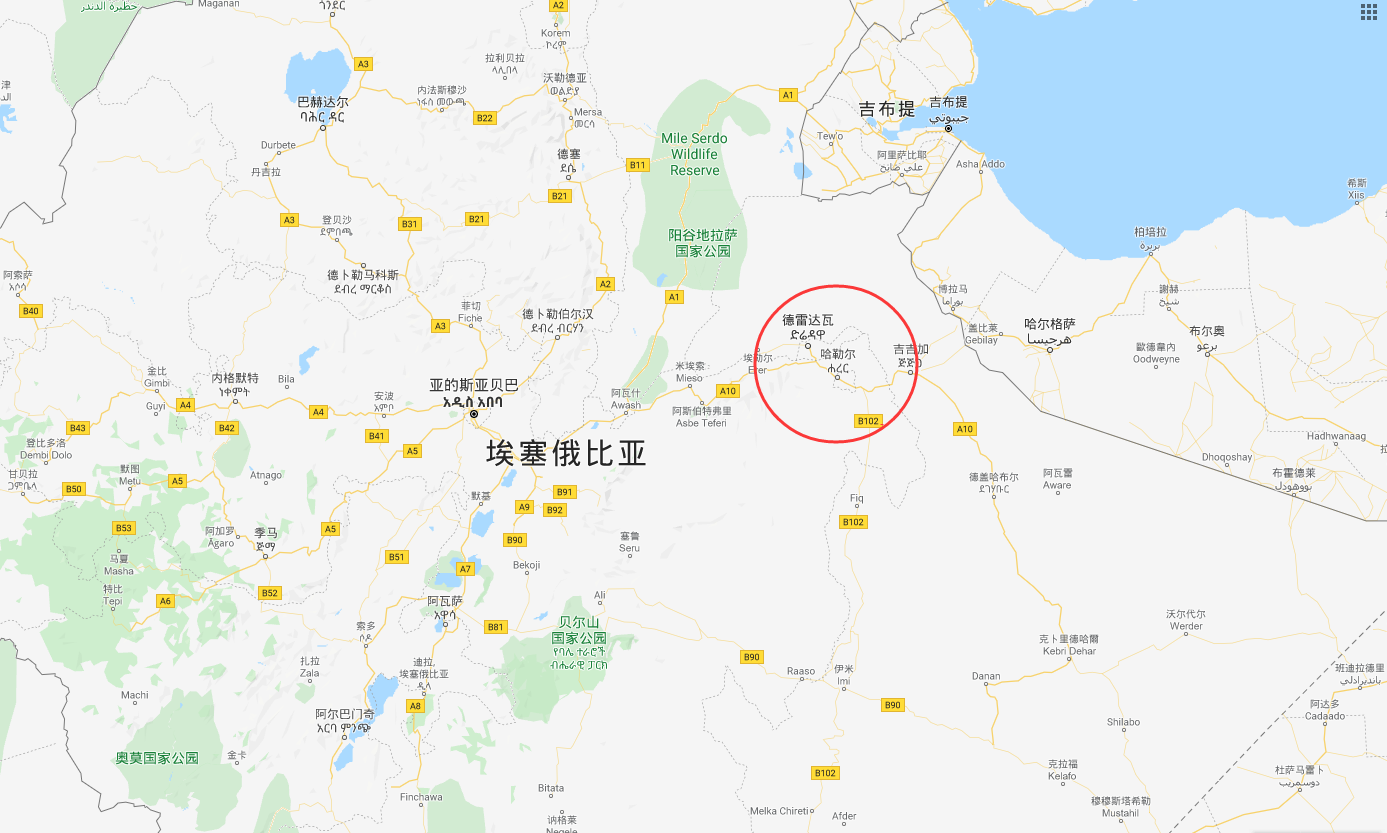Haller, one of the three major producing areas in Ethiopia | Haller coffee flavor characteristics Harrar

Ethiopian Haller (Harrar) coffee is a wild, exotic Arabica coffee grown in the Oromia region of southern Ethiopia (formerly Haller), between 1400 and 2000 meters above sea level. Haller (Harrar) province is located east of the capital Addis Ababa (Addis Ababa).
Altitude: 1510-2120 m
Variety: native variety
Harvest season: October to February
Treatment: elevated solarization
Bouquet: Berry, earthy, chocolate
Taste: typical mocha flavor, obvious blueberry and BlackBerry flavor
Alcohol thickness: thick body

Ethiopian Haller coffee is usually highly valued and is famous for its wine and fruity, floral acidity-bright, even strong in the cup-cup records describe its rich, spicy and exciting aroma, reminiscent of BlackBerry.
A good halal is bold and avant-garde, with a complex and spicy flavor, which may include cinnamon, cardamom, blueberry jam, apricots, fruit plates, and even smoked, with a long finish.
Haller raw bean treatment
A dried raw bean may be a bit wild, even jammy, compared with Ethiopia's Yegashafi coffee. Yejashafi coffee is usually washed with citrus and floral flavors. During the drying process, the flavor of the coffee fruit is allowed to be passed on to the raw beans because the fruit dries on the coffee beans. When the pulp is separated from raw beans, it is usually discarded as garbage or fertilizer. Recently, new processing methods have emerged, which process coffee cherries into Cascara (a kind of tea) or grind them into coffee powder as a substitute for baking.
Haller is more than 1500 meters (5000 feet) above sea level, and Ethiopian coffee meets strict height growth (SHG) standards, which provides a slower growth, providing more nutrients to develop denser beans-in part because Ethiopian coffee is so famous.
Important Notice :
前街咖啡 FrontStreet Coffee has moved to new addredd:
FrontStreet Coffee Address: 315,Donghua East Road,GuangZhou
Tel:020 38364473
- Prev

Introduction of Sidamo producing area | how about Sidamo coffee?
Sidamo is one of the most productive coffee-growing areas in Ethiopia, producing a large amount of high-quality coffee every year. This producing area was formed after Ethiopia was separated from Italian rule in 1942 and its name comes from a group of aboriginal peoples called Sidamo. This area also produces some of Ethiopia's highest coffee. From the west
- Next

How about the flavor of Limu coffee in Limu, Ethiopia?
Limu coffee grows in southwestern Ethiopia, ranging from 3600 feet to 6200 feet above sea level. It is a high-quality wet-processed (washed) Ethiopian coffee with relatively low acidity but some sharpness. Coffee in western Ethiopia is usually divided into Limu and Djimmah. Limu is washed and Djimmah is sun-treated.
Related
- Detailed explanation of Jadeite planting Land in Panamanian Jadeite Manor introduction to the grading system of Jadeite competitive bidding, Red bid, Green bid and Rose Summer
- Story of Coffee planting in Brenka region of Costa Rica Stonehenge Manor anaerobic heavy honey treatment of flavor mouth
- What's on the barrel of Blue Mountain Coffee beans?
- Can American coffee also pull flowers? How to use hot American style to pull out a good-looking pattern?
- Can you make a cold extract with coffee beans? What is the right proportion for cold-extracted coffee formula?
- Indonesian PWN Gold Mandrine Coffee Origin Features Flavor How to Chong? Mandolin coffee is American.
- A brief introduction to the flavor characteristics of Brazilian yellow bourbon coffee beans
- What is the effect of different water quality on the flavor of cold-extracted coffee? What kind of water is best for brewing coffee?
- Why do you think of Rose Summer whenever you mention Panamanian coffee?
- Introduction to the characteristics of authentic blue mountain coffee bean producing areas? What is the CIB Coffee Authority in Jamaica?

